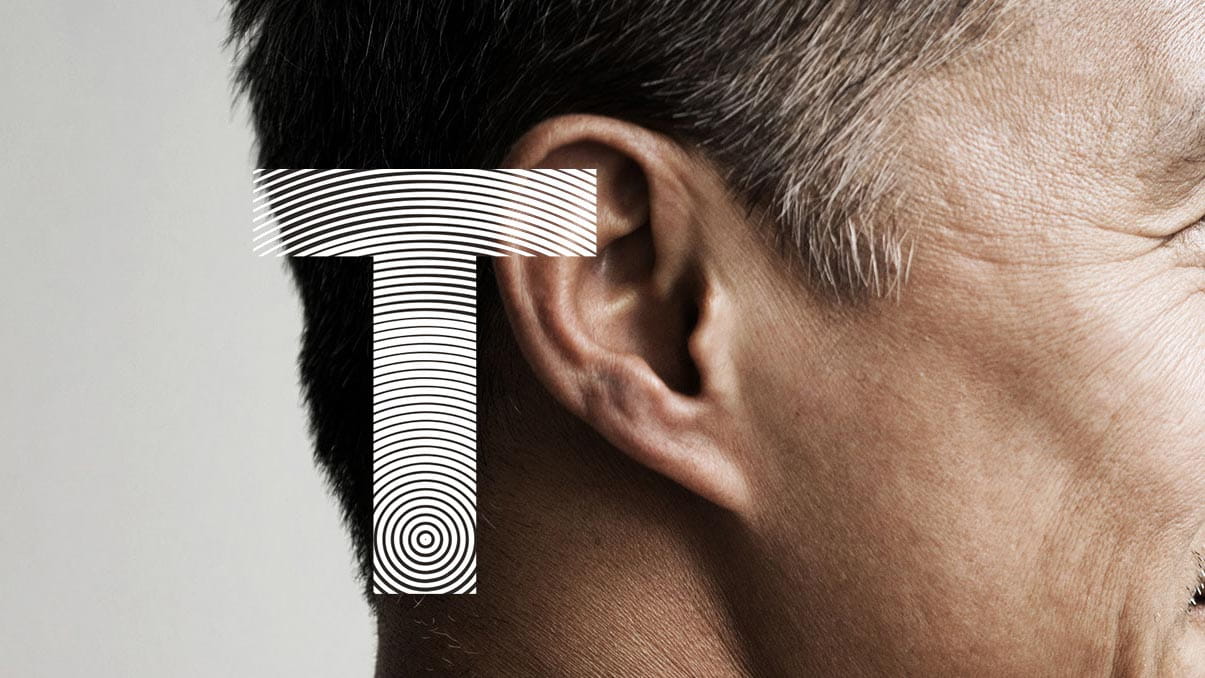
Is there a relationship between earwax and tinnitus?
Buildup of earwax in the ear canal can cause a variety of problems, including tinnitus. However, how are earwax and tinnitus related, and can earwax removal methods cause tinnitus?
Created Updated
Earwax and tinnitus
Cerumen, or earwax, is a substance produced by glands in the ear. This substance protects the inside of your ear by catching debris, and it should work its way out of your ear naturally. The only cleaning method necessary is the occasional wipe of the outer ear with a wet rag. Pushing objects like cotton swabs and bobby pins into the ear can go wrong very quickly, resulting in serious damage and pain.
However, while most people have no problem with earwax, some experience impaction. This is the buildup of cerumen in the ear and can be caused by a number of things. Cotton swabs and earbuds can push earwax back into the ear canal, causing a blockage. People that produce dry cerumen might encounter buildup more often.
In many cases, impaction is accompanied by tinnitus. This loud ringing might only occur in the affected ear and can cause irritation and loss of focus. If you've been suffering from tinnitus, check to make sure you're not also suffering from a blockage
Symptoms of impaction
Impaction comes with a number of symptoms, including tinnitus. Loss of hearing, earaches, congestion of the ear, and dizziness are common signs of an earwax blockage in the ear. Odor and discharge might also occur. In order to solve this problem, you need to schedule an appointment with your doctor or hearing care provider.
Earwax removal methods are not meant to be done at home, and should never be done by anyone but a professional. Earwax softening drops can be used to alleviate pain and pressure, but the problem should be assessed as soon as possible.
Treatment for earwax blockage
There are a number of methods used to remove earwax impactions. All of these could be dangerous if done irresponsibly, and should only be attempted by an experienced practitioner.
The first is micro suction, which is the most common method. A microscope is used to magnify the inside of the ear canal, and the earwax is removed using a small suction device. This is the method used by most people, and many argue that it is the safest way to deal with impactions.
Another method is irrigation, though controversy around this practice is common. This method involves the use of a small water pick. This method should never be used on someone with holes or tubes in their eardrum, and those with diabetes and weakened immune systems should also avoid this practice. Those with existing tinnitus should avoid irrigation as well since many people claim that this practice worsened their condition.
The dangers of improper technique
You might find irrigation kits online, but these should not be used. Many of the at-home treatments like candles and water picks can cause serious damage to your eardrum and inner ear. You should never try to remove an impaction yourself. Pushing too hard with a cotton swab can shove the earwax in deeper, damage the eardrum and cause serious tinnitus and hearing loss.
Signia also recommends that you only use the services of professionals you trust. If you're having trouble finding a hearing care professional, the Signia store locator can help you find contacts in your area.
Signia also recommends that you only use the services of professionals you trust. If you're having trouble finding a hearing care professional, the Signia store locator can help you find contacts in your area.